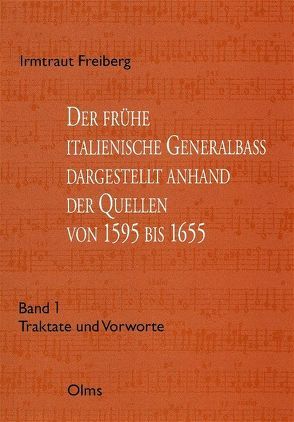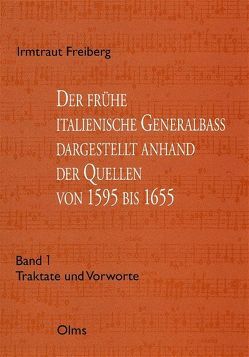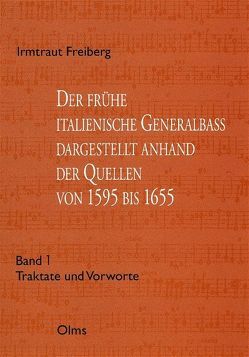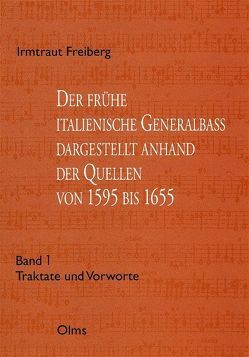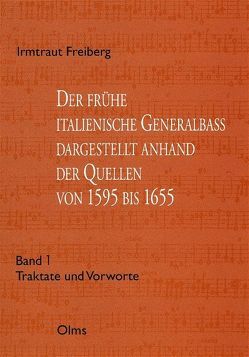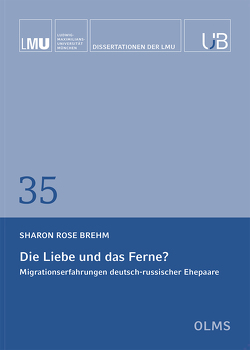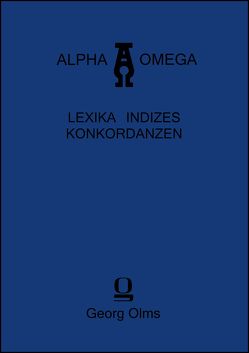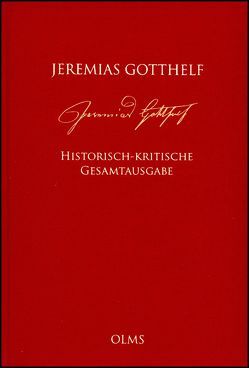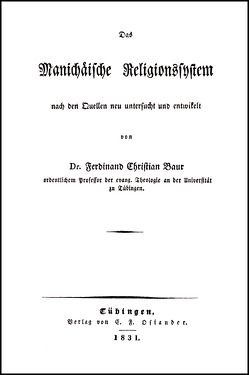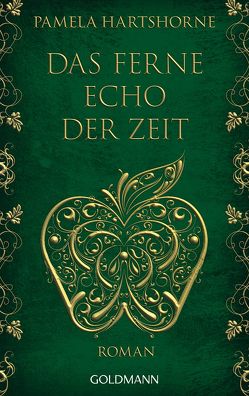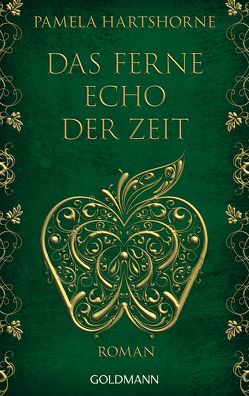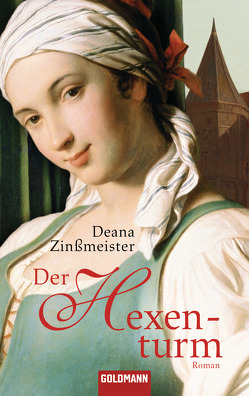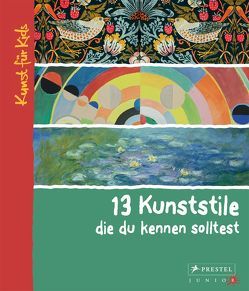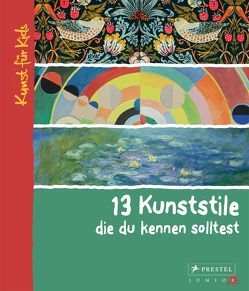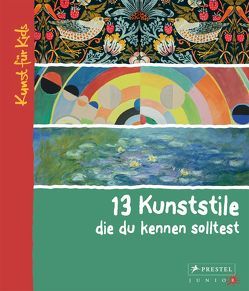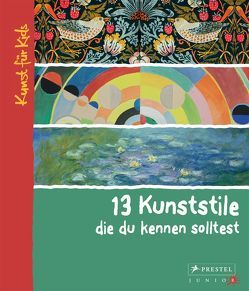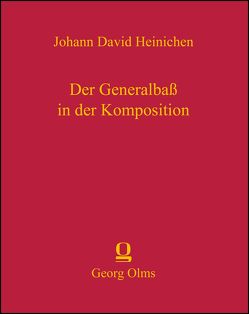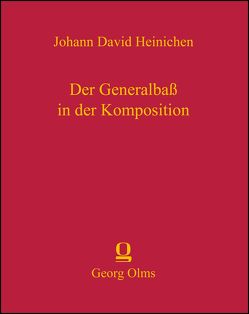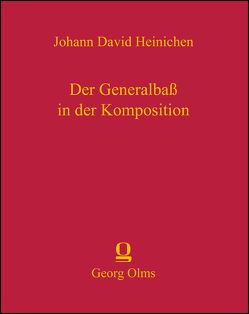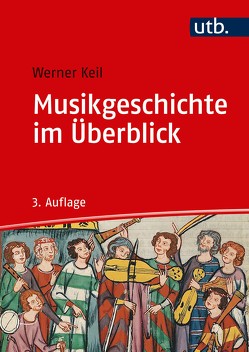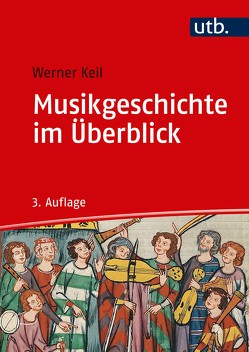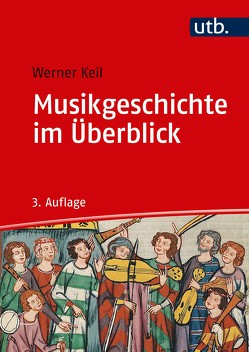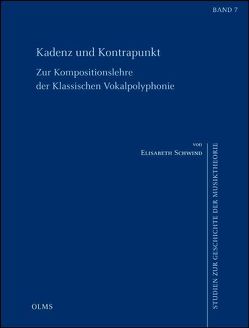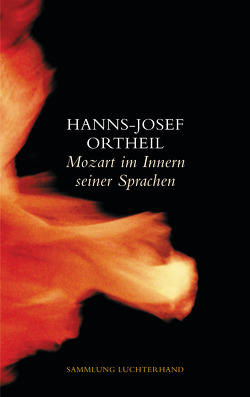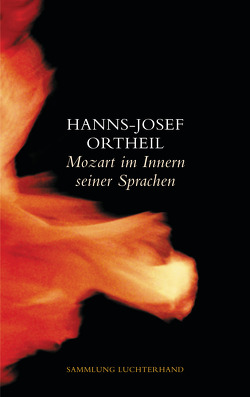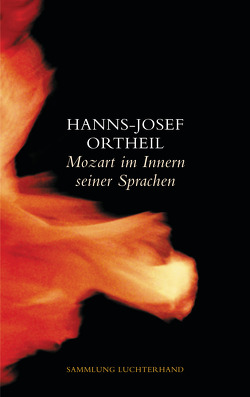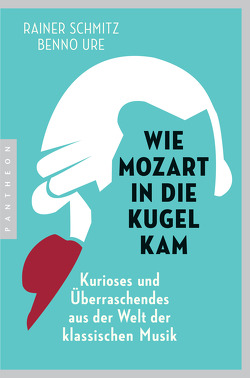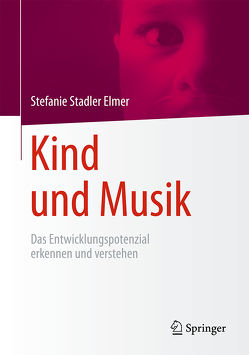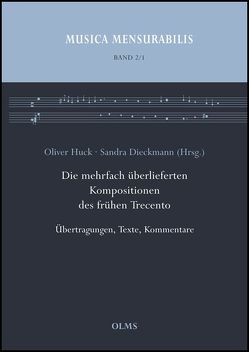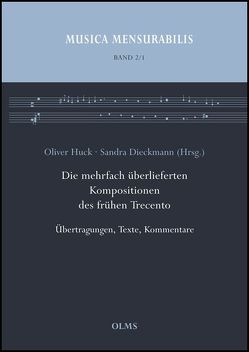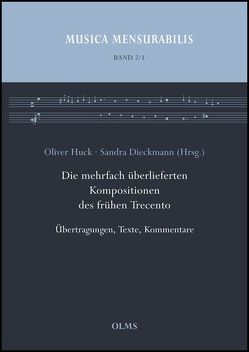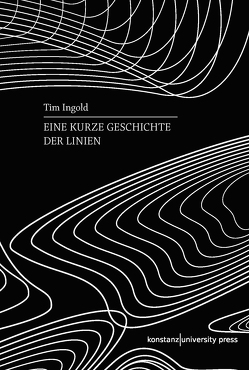Der frühe Generalbass dargestellt anhand der Quellen von 1595 bis 1655
Irmtraut Freiberg
Diese umfangreiche Darstellung des Generalbasses in der ersten Hälfte des 17. Jahrhunderts enthält im ersten Band eine Einführung zur Klärung der Terminologie, italienische Traktate über den Generalbass in Übersetzung und die wichtigsten deutschen Schriften zu diesem Thema (jeweils mit Notenbeispielen), Vorworte zu Briefen und Musikdrucken und weitere Texte zum Continuospiel sowie eine Zusammenstellung aller auf Titelblättern vorkommenden Benennungen der B.c.-Stimme.
Im zweiten Band nehmen Notenbeispiele einen breiten Raum ein: Behandelt werden Auszüge aus Vokalwerken, die mit einer Aussetzung für ein Tasten- oder Zupfinstrument überliefert sind, und in Italien gedruckte Instrumentalwerke. Besonderheiten der Notation, der Bezifferung und der Ausführung des Generalbasses werden teils an Ausschnitten, teils an kompletten Stücken ausführlich dargestellt. Abschließend werden drei komplette Werke mit ausgesetztem Basso Continuo vorgestellt – je ein frühes, mittleres und spätes Werk aus dem behandelten Zeitraum.
***
The first volume of this comprehensive presentation of the basso continuo as practised in the first half of the 17th century includes an introduction to the terminology, translated Italian treatises on basso continuo, the most important German documents on this subject (each with music examples), prefaces to letters and music prints as well as additional texts on continuo playing. It is completed by a compilation of all terms for the bc part that are found on title pages.
The second volume is mainly devoted to music examples: it deals with excerpts from vocal works which have been preserved with a continuo realization for a keyboard or plucked instrument, as well as with instrumental works printed in Italy. It gives detailed information on specific characteristics of the notation, the figuring and the realization of the basso continuo, partly with excerpts and partly with complete pieces. The volume concludes with a presentation of three complete works with a realized continuo part– one each from the beginning, the middle and the end of the period concerned.
